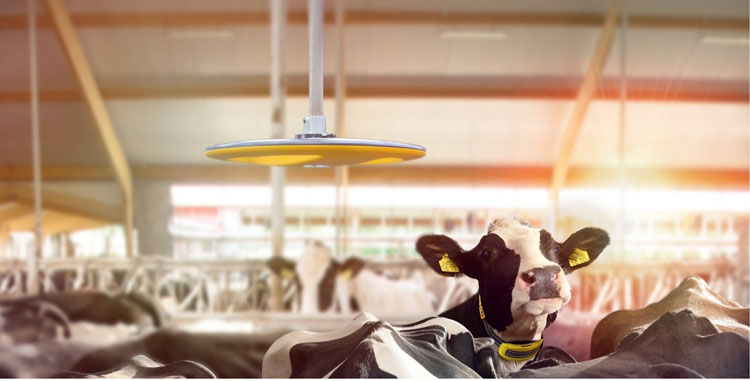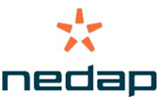
Cow location technology can help reduce frustration, stress and lost time spent seeking specific animals.
Think of this technology like the “Find My Phone” app for your smartphone. It automatically locates the cows you need and accurately pinpoints their real-time position on your barn map with one click – making your team infinitely more efficient. And it positively affects milk production and cow time budgets.
The technology fits most modern dairy facilities as long as you include infrastructure to mount a beacon, such as a barn or a fully supported sunshade. Facility layout and management styles play important roles in determining how cow locating fits into your dairy, but the highest priority areas should always be the cows requiring the most management.
Transition pens, breeding pens, and similar areas where cows require more attention are good places to install location system components initially. Pens for mid- to late-lactation cows can be added later if not included in the introductory installation.
Focus on needed tasks
For conventional and robotic dairy facilities alike, the ability to find specific animals quickly and accurately means your team can be more efficient with time. Instead of searching pens for an animal, they can spend their efforts on more mindful tasks like breeding and animal care.
Cow locating technology frees up labor to do different jobs on the farm, jobs that sometimes are a higher priority than hunting down the few animals you're trying to find. This technology allows dairies to pivot and reallocate where their labor spends time.
Depending on how the technology is used, cow locating has been able to free up the equivalent of a full-time person to do other tasks on the farm.
Of course, before investing in any technology seek employee buy-in and develop a plan for implementation so employees can feel it's a part of their success and not a threat to their role or position on the farm.
Reduce interruptions to cow routines
Your team isn’t the only part of your farm affected by more targeted herd interactions. Cows benefit too.
The fewer interactions you have with cows throughout their day, the better. Let her do what she likes to do – eat, drink and lie down. If we can easily and remotely find a cow, we don't have to disrupt an entire pen looking for one out of 200 herd mates. It's critical to minimize human-cow interactions and let cows be cows.
While it’s difficult to assign a specific price tag to reduced herd interactions, anecdotally, dairies report increased milk production of 1-2 pounds per cow per day thanks to less time away from feed and water for the whole group, not just those that require attention.
The success of cow locating comes down to the data points you're monitoring, your farm's progressiveness, your labor force and how you want people to interact with your herd.
Visit nedap-livestockmanagment.com for more information about how cow locating can work for your farm.



